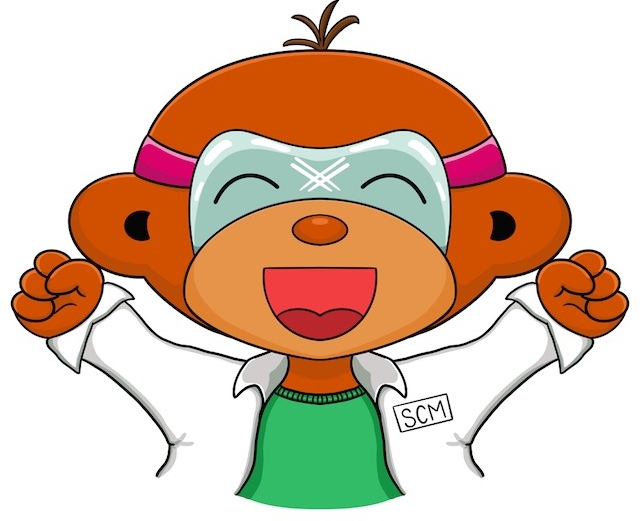Formulating for dry skin: Making a body butter
I know I keep saying the same thing, but when you make a product for dry skin you want to make sure you’ve chosen appropriate occlusive ingredients – allantoin, dimethicone, or cocoa butter – along with good emollients that contain linoleic acid, gamma-linoleic acid, or conjugated linoleic acid and good humectants. You want these things...
